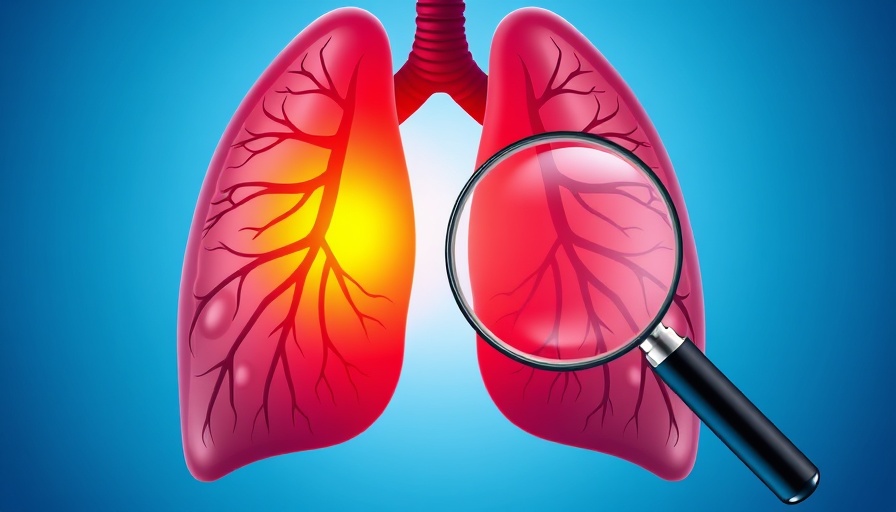
The Power of Prostaglandins in Muscle Recovery
Recent research highlights how prostaglandin E2 (PGE2), a lipid-derived metabolite, plays a pivotal role in muscle maintenance and rejuvenation, particularly in aging organisms. PGE2 levels diminish with age, yet this single treatment has shown profound effects on muscle stem cells, demonstrating significant potential in combating sarcopenia, a debilitating condition marked by muscle loss associated with aging.
Understanding Sarcopenia and its Implications
Sarcopenia is not merely a cosmetic concern; it poses serious health risks, linking to osteoporosis, cardiovascular issues, and cognitive decline. As muscle purview declines, the body's ability to recover diminishes, leading to longer recuperation periods after injury. The loss of muscle mass is primarily due to the depletion of muscle stem cells that are crucial for muscle regeneration. Therefore, researchers are optimistic that finding ways to revitalize these stem cells could offer solutions for better aging.
How PGE2 Rejuvenates Muscle Stem Cells
The study aimed at exploring the molecular and epigenetic mechanisms behind the rejuvenation of muscle stem cells when subjected to PGE2 treatment. In one experiment with aged, genetically modified mice lacking EP4 receptors—necessary for PGE2 signaling—the researchers found substantial muscle-strength deficits. However, treatment with a non-hydrolyzable form of PGE2 led to a noticeable increase in muscle strength, even after only a few days, underlining the metabolite’s role in muscle repair.
The Lasting Effects of Lipid Metabolites
This research has implications that extend beyond immediate muscle recovery. By injecting a muscle-damaging toxin and subsequently administering PGE2, researchers could stimulate muscle stem cells significantly. The rise in Pax7 expression—a transcription factor integral to muscle repair—indicates that a mere single dose of PGE2 can launch a cascade of repair processes, essential for long-term muscle health. The positive outcomes not only address immediate recovery needs but also enhance muscle resilience against future injuries.
Exercise: A Companion Treatment
The synergy of PGE2 with exercise further amplifies the benefits observed. While exercise alone is known to promote muscle strength and mass, its combination with targeted prostaglandin treatment could become a revolutionary standard in mitigating aging-related muscle deterioration. Such strategies could empower older populations to maintain more active lifestyles, enhancing overall quality of life.
Future Perspectives on Aging and Muscle Health
As researchers continue to uncover the biological intricacies behind aging, the potential for PGE2 to transform treatment frameworks for sarcopenia grows more promising. Future studies should aim to determine optimal dosing strategies and examine whether these findings can be extrapolated to human models. Taking these insights forward could contribute immensely to anti-aging therapies and enhance personal health management strategies.
Why This Research Matters to You
For health enthusiasts and those focused on aging wellness, understanding the role of lipid metabolites like PGE2 provides actionable insights for lifestyle choices that support muscle health. Early interventions, informed by scientific advancements, can empower individuals to prioritize fitness regimens tailored to enhance life span and health span.
In conclusion, as we delve deeper into the complexities of aging and muscle repair, retaining youthfulness from a biological standpoint could lie within our reach. The implications of PGE2 and other metabolites represent a frontier not only in research but in personal health strategies, underscoring the significance of ongoing study in this dynamic field.
 Add Row
Add Row  Add
Add 




Write A Comment